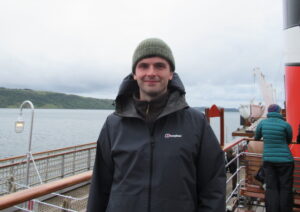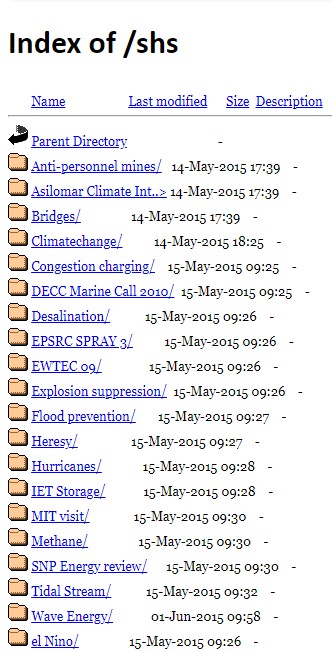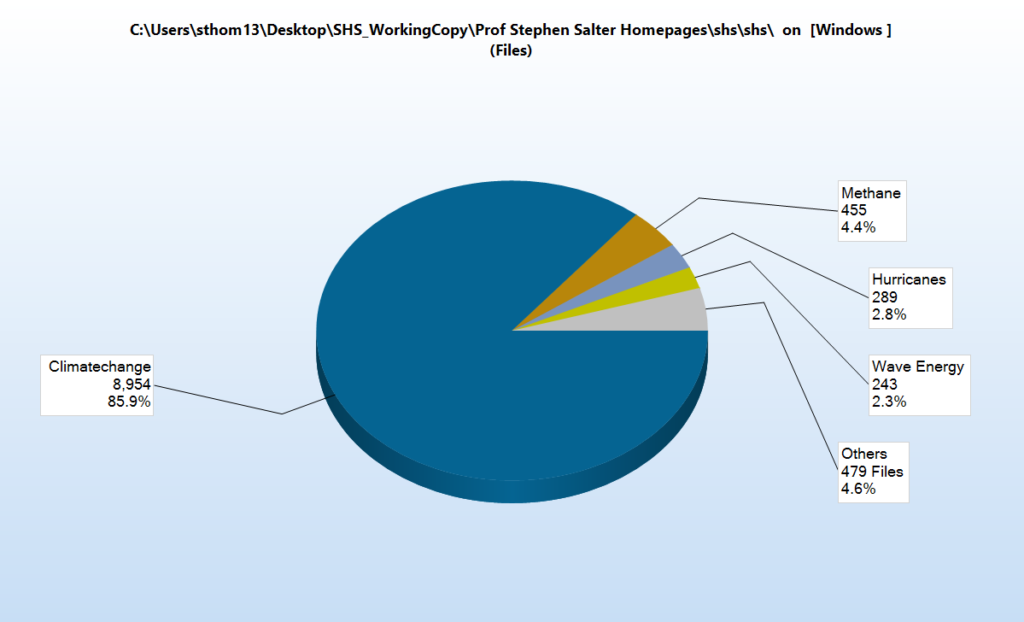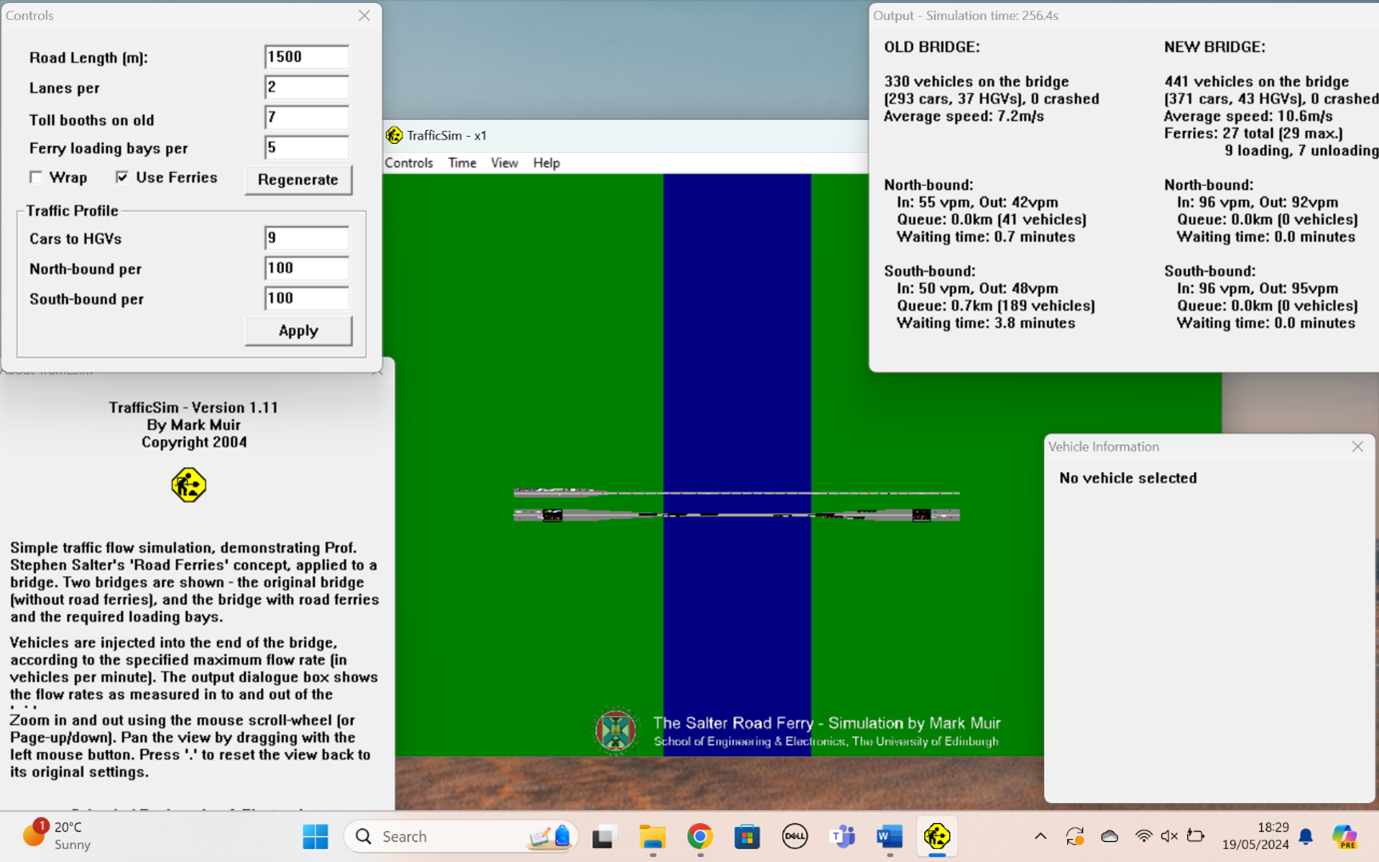Introduction from the Digital Archivist
Preservation of digital collections relies on generous help and support from Heritage Collections volunteers. The scale and complexity of the digital resources generated by the University and its wide-ranging communities poses a mammoth challenge. Without the contributions of students and others who give their time freely, these works – many critical for future research – would not be preserved or made available as quickly, or at all.
This blog post by a Digital Archives volunteer and postgraduate student at the University of Glasgow describes two important projects to support the preservation of born-digital research collections. Firstly, a large oral history project spanning multiple regions of Scotland and secondly, born-digital papers of a world-famous Climate Change Engineer. These projects represent small steps towards ensuring future generations will be able to access important primary source archives. However, without increased resource and capacity for digital preservation, many of these collections will remain only partially processed or even lost.
Sara Day Thomson, Digital Archivist
Putting Theory into Practice: My Experience Volunteering with Digital Archives at the University of Edinburgh

Joshua Blackstock, Volunteer
Hi everyone! My name is Josh Blackstock and I’ve been volunteering with Sara Day Thomson, the university’s Digital Archivist, since August 2023, whilst studying for an MSc in Information Management and Preservation at the University of Glasgow. I was recently asked whether I could write a short blog post about my volunteering experience. So here it goes…
Cleaning House: tidying up messy metadata to manage the RESP Oral History Archive
The first digital archiving task that I undertook was cleaning catalogue and preservation metadata for a collection of audio files that were produced as part of the Regional Ethnology of Scotland Project (RESP) for Dumfries and Galloway. The RESP collection was processed while the Digital Preservation system was in development, using different workflows with different levels of automation. As a result, many of the titles and descriptions were inconsistent or wrong, making it difficult to manage the large volume of digital content over time. In order to resolve this issue, I became very familiar with the two main platforms used: DSpace (the digital preservation repository where the files and metadata are stored) and ArchivesSpace (the software used to catalogue the collection). The process involved checking the location/name of every file in DSpace and then updating the relevant catalogue metadata fields in ArchivesSpace, adhering to the collection metadata requirements. I found this extremely beneficial as it allowed me to put the knowledge that I had obtained through my university course into practice and better understand the role of metadata.

Screenshot of Professor Salter’s ‘Homepages’ webpage from 14 June 2021, Wayback Machine: https://web.archive.org/web/ 20210614163349/ http://www.homepages.ed.ac.uk/shs/
Once this was complete, I was ready for a new project. Sara asked if I would like to create a catalogue for an offline version of Professor Stephen Salter’s ‘Homepages’ website which had recently been decommissioned – I couldn’t wait to get started! The Homepages platform was formerly used by staff and individuals with UoE accounts to save and publish their work, enabling them to share it with colleagues and students (you can read more about Professor Stephen Salter and Homepages in this blog post).
I began by using some digital preservation tools (Treesize and DROID) to understand the size and composition of the collection. This showed that there were 10,420 individual files with a total file size of 6.32 Gigabytes. I was also able to identify the file formats and number of files in each directory, revealing that the ‘climate change’ directory was by far the largest in the collection. This initial review of the content, demonstrated the value of using digital preservation tools to rapidly obtain an overview of a born-digital collection.

Pie chart showing the composition of Professor Salter’s ‘Homepages’ collection
Facilitating Future Research: cataloguing born digital archives for discovery and access
The next stage required me to review the files within each directory so that I could begin creating directory-level catalogue descriptions. The digital content generally relates to Professor Salter’s prolific work on climate change as well as to anti-personnel mines, the Forth Road Bridge, attendance at conferences, and, as he is perhaps most well-known for, wave energy. Due to my lack of engineering knowledge (absolutely zero), I was often uncertain about which details a researcher would find useful when navigating an online catalogue. Nevertheless, I attempted to write as comprehensive descriptions as possible and fortunately, during the process, was able to consult colleagues and students in engineering who have extensive experience with Professor Salter’s research.

Screenshot of the Forth Road Bridge simulator running on Windows 11
Not only does this collection contain fascinating content but also potentially at-risk born-digital objects which will need to be examined in greater detail to identify their technical dependencies. One example is a simulator application file which can be used to model the efficiency of Salter’s prosed ‘road ferry’ concept against the old Forth Road Bridge. This file was created in 2004 and, whilst it can be opened on a laptop running Windows 11 today, who knows whether the next operating system update will render it inaccessible. I have now completed the series-level catalogue descriptions and they should be available on ArchivesSpace shortly (fingers crossed!).
The Long Road Ahead: next steps in preserving the archives of Professor Stephen Salter
Following the recent passing of Professor Salter on the 23rd February 2024, the scope of the project has become much wider (you can read Professor Salter’s obituary published by the Guardian here). I recently visited his private office with the Digital Archivist where we identified numerous storage devices (desktop computers, hard drives, USBs etc.) containing a vast quantity of born-digital files related to his work at the university and his professional career. Many of these are directly linked to the digital objects that were identified in the Homepages collection. Hopefully, it will be possible to successfully archive these for the university to ensure that such invaluable records are not lost but are preserved and made accessible for generations to come.
Looking to the future, it would be hugely exciting to create an archival catalogue with extensive descriptive and technical metadata for the entire collection (both Homepages and the born-digital objects from Professor Salter’s office), allowing for their context and relationships to be maintained. The work is truly just beginning…
